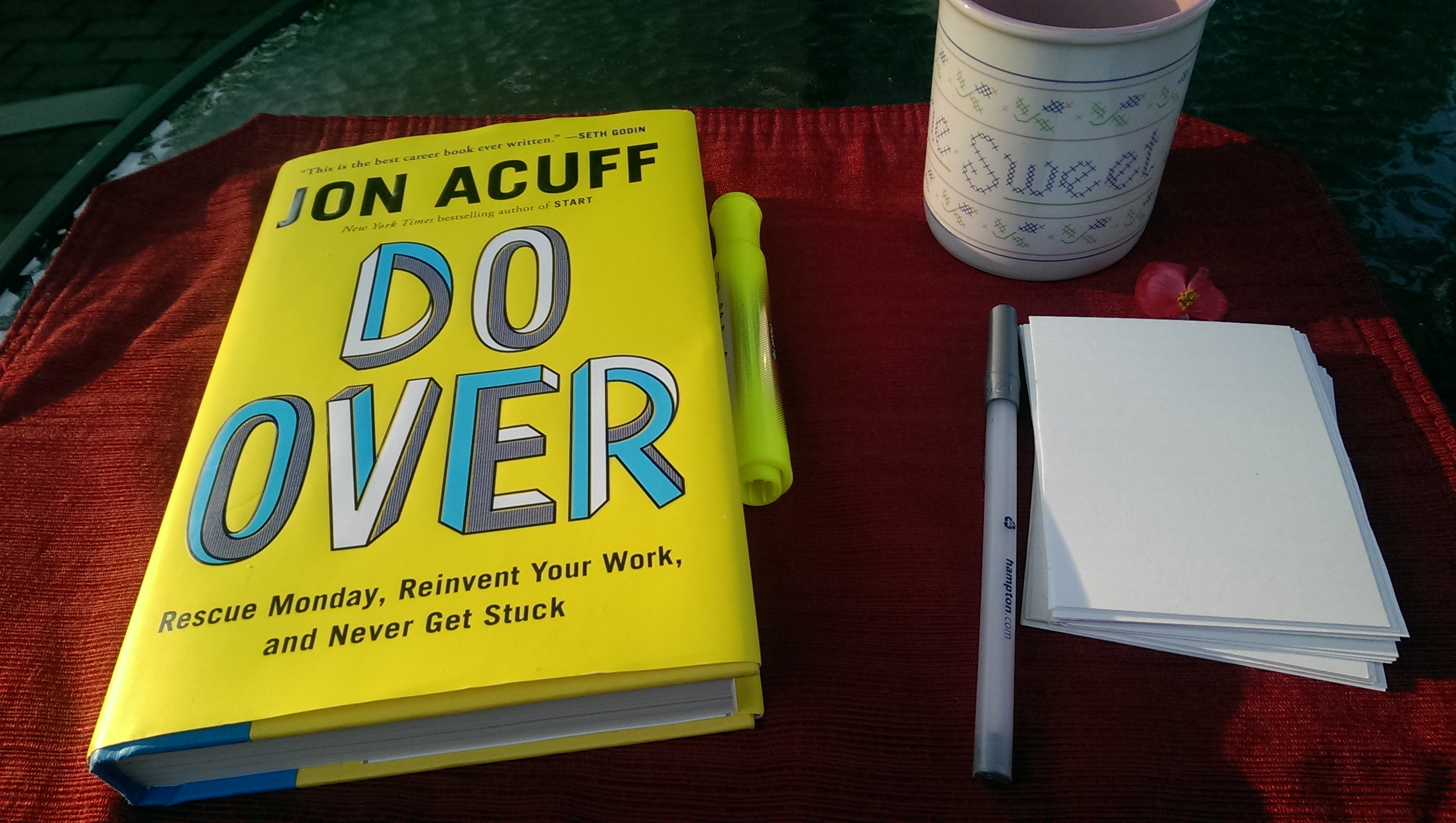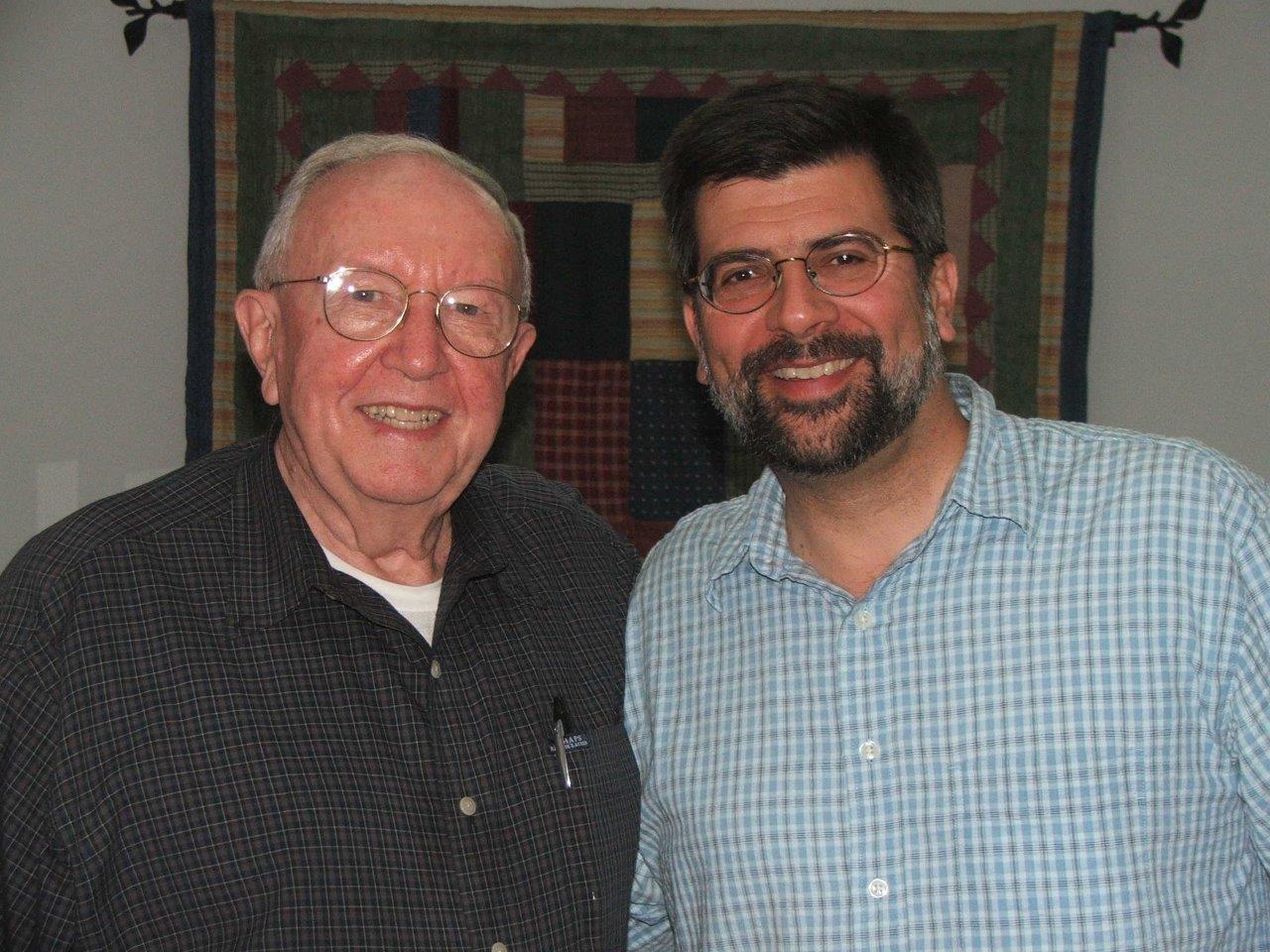
[Disclaimer: This long but get-you-started blog still leaves out so much of the good in Jon Acuff’s Do Over section on relationships. Hope you’re able to read this excellent book.]
Have you ever had any genuine, “I care about you” career counseling? I have, thankfully, throughout my life. It has given me the courage to push through, take risks, and trust God (and myself) with the possibilities. If you haven’t had this experience or have been too shy to avail yourself of the help of others, then Jon Acuff is a total gift. Reading his book Do Over is like sitting over coffee with someone in the industry you really respect, who actually wants to help you be successful.
This Monday morning, Acuff’s take on work relationships is my focus. If you want to really get out of the funk you’re in at work, or if you’re unemployed or underemployed, start to turn that around by taking a hard look at your relationships. Both at work and those (close or casual) who have/could have influence on your career.
Gather a stack of note cards. Or cut up some paper for an exercise. This will be better for you than whatever cardio or other exercise you have planned today. Trust me.
Jon Acuff talks about building a Career Savings Account, using the investments of skills, relationships, character, and hustle. He begins with relationships. “The problem is that you don’t know who you know when it comes to career relationships.” [p. 31, Do Over]
O.K., here we go. Think of all the people you know and have known, related to career, those with whom you’re close and those with whom you may only have a casual relationship (either in the past, online, or through a book). Write one person’s name on each card. You may want to partner up with someone to help, if you’re struggling with names. The following questions will help to bring people to mind:
- Who do I know that is wise about career issues?
- Who have I worked with?
- Who do I know that is influential?
- Who do I know that owns a business?
- Who do I follow online that is in my desired career space?
- What casual relationships am I forgetting that might have a career impact?
“The first principle of relationships is that you don’t know who you know. Now you do though, which means you can start doing something about it and putting those note cards to good use.” [p. 38]
Remember: Relationships get you the first gig. – Jon Acuff
Now that you have names on cards, you want to sort them into the three categories of career relationships. Acuff describes those as Foes, Friends, and Advocates.
- Foe – “A foe is someone who is actively working against your dream.” You may not have put a foe’s name on a card, so go back now and think of those hard relationships. This is not about those who are just annoying or generally frustrating to everyone at work; foes are people who would personally delight to see you fail.
- Friend – “A friend is someone who is aware of your Career Do Over, excited for you and willing to cheer you along the way.” Most of your career relationships will fall into this category.
- Advocate – “An advocate is someone who is significantly helping you shape the course of your career.” These are the ones who could have the greatest influence on your career and Do Over. Don’t hold back on naming these people. This is not the time to be shy or operate out of some false pride that “you couldn’t possibly include these people”. [p. 41]
Now that you have three name piles, here’s what you do with them:
Foes need distance. – These will probably be the fewest number in your card pile, and yet they absorb so much of our thoughts and energy. Whether it’s a “bad boss” or a coworker who wants your position, you have to find a way to keep your focus in working well, and keep your distance emotionally. Acuff advises that any time you leave a job, leave with a finger up in the air – a thumb. Don’t burn “many bridges”, Acuff says. You never know when even foes may re-enter your life. Stay on as good terms as is possible for you.
I was fresh out of graduate school, in my first job as an oncology clinical nurse specialist. Wearing the mantle of approval by the director of nursing in this 1000-bed inner city medical center. It was my dream job. Still there was a cost. I did battle almost daily with an old school head nurse. She had to have military background, because she commanded the oncology unit with withering authority. My presence and influence threatened her kingdom. One morning, she literally backed me into a linen closet, closed the door, and with hands on hips, glared down into my wide eyes, and told me exactly what she thought of me. That was a rich career learning experience. I learned to give her distance, and never let her get that close to me again. It wasn’t from fear…well, maybe a little. I figured out how to do my job, without her support. She left the job before I did…and I will never forget her.
Friends need information. – When you decide to do a career Do Over, let your friends know. Avoid sharing too much, but give them enough information that they can actually help you with support and connections. Jon Acuff counsels at length about the role of casual relationships in this endeavor:
“Many of the relationships that did the heaviest lifting were casual at first. Casual counts, especially for our Career Savings Account. If you go through a Career Bump, when you need relationships the most, have a massive collection of casual relationships to fall back on. Whether you’re chasing a new dream or trying to climb the ladder at work, casual relationships won’t know how to help us unless we ask for help. Have you asked yet?” [p. 57]
Years into the job mentioned above, I knew I had wrung all the good out of it and was looking to do something else. Asked to make fund-raising phone calls one night for my university, I got hold of an old grad school friend. We hadn’t talked in years. It was fun to catch up and to hear how very well her career life was going (teaching then at Yale University). She also asked me the same questions. After I shared my career journey and current restlessness, she remarkably (in my mind) suggested I apply for a job teaching in her program. The job just came open, and I should jump on it. I did…and got the position at Yale. If we had not left the pleasantries of a phone call for donations, I would not have had that incredible experience (or met the man I married possibly…as a happy side-note).
Advocates need access. – As you look at your note cards, think of those who could guide you given their expertise, experience, or knowledge of you, in particular. Give them access to your life. Your willingness to give them access to you strongly correlates with their ability to help you. “Great careers take great advocates. – A good advocate must have these three character traits:
- They have to be brave. – There are times in life when you need more than just a cheerleader. You need someone who is brave enough to tell you the truth.
- They have to be respected. – Great people surround themselves with greater people who challenge and stretch them.
- They have to be trustworthy. – You must be able to trust that the advocate wants the best for your life.” [pp. 64-65]
Besides their character, advocates have something else that can prove game-changing in a career Do Over – the cheat codes.
“Cheat Codes Make the Game A Lot Easier – Advocates and mentors know all the cheat codes. If you’ll listen, they will give them to you. Want to grow the skills portion of your Career Savings Account quickly? Ask advocates for the cheat codes!” [p. 66]
If you still aren’t sure how to draw on the expertise of advocates, Acuff helps with two questions:
1. What is one piece of advice you’d give to a writer [fill in your blank] like me?
2. What did you wish you knew about work when you were my age? If the person you are talking to is younger than you, because you’re new to a certain industry, edit the question. Instead, say, “What do you wish you knew about this industry when you were just getting started?”
In my own career, over a lot of years, I’ve experienced career ceilings, career bumps, career jumps, and career opportunities. Foes, friends, and advocates have all had huge influence on these situations. Today, I’m in another season. All my life, friends have encouraged me to write (beyond letters, newsletters, idea papers, and short articles). Now, I want to really learn how. Jon Acuff is an advocate for this career jump. Whether we meet or not, he is helping me deal with the obstacles. Then there’s a near colleague who is also a strong advocate. I listen carefully to her counsel. There are many other advocate “types” in my card pile, and I will pursue some of them in the days ahead.
What are you going to do with your Do Over – related to those card piles, i.e., relationships?
“Community Shines Brightest in the Darkness of a Career Bump – You’re not meant to go it alone. Careers are best built in the context of community. Beware the temptation to isolate or hide during your Do Over. We need other people. We need friends. We need advocates. We need relationships as a critical part of our Career Savings Account.”
“The crucible of brokenness has a funny way of leading to awesome lives.” – Jon Acuff
Start Your Do Over Today – Jon Acuff
Do Over – Rescue Monday, Reinvent Your Work, and Never Get Stuck – by Jon Acuff – Notes (Part 1)
To Do Good Work, You’ve Got to Have Friends – Jon Acuff – Life Reimagined
 Photo Credit: YouTube, Esther Perel
Photo Credit: YouTube, Esther Perel










